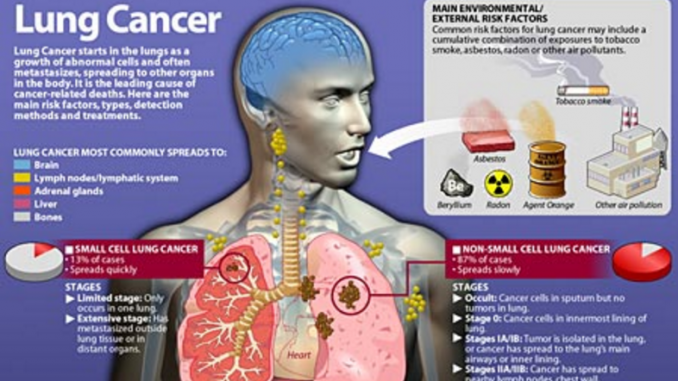
As a result of significant concerns over the massive heavy metal contamination of air, water and soil in Flin Flon, CSA commissioned a heavy metal analysis of the PPS cannabis by an EPA and CAEAL certified lab in September of 2003. The results of these tests showed that the PPS cannabis was high in both lead and arsenic. (11) Through a subsequent Access to Information Act Request, CSA also received a copy of every heavy metal test conducted by PPS and Health Canada up to and including March 9th, 2004. Although these tests showed lower concentrations of lead and arsenic than CSA’s initial tests had detected, examination by independent researchers suggested that elevated levels of manganese and phosphorous in the PPS cannabis may be of some health concern, particularly when they are inhaled into the lungs rather than ingested through the gut.
Health Canada’s reaction to these test results has been totally unsatisfactory. When informed by CSA that its independent tests showed high levels of heavy metals in the PPS cannabis, Health Canada spokesperson Jirina Vlk stated that Health Canada’s own tests showed that heavy metal concentrations in the PPS cannabis were similar to those found in Canadian tobacco, and well within allowable limits. When pressed as to what these “allowable limits” might be, she admitted that there are currently no legal limits to heavy metal content in either cannabis or tobacco in Canada.(12) This disingenuous response is of little reassurance to the critically and chronically ill Canadians who depend on cannabis for their health and well-being. (12) View Magazine. 23rd October, 2003. Available at: http://www.mapinc.org/newscsa/v03/n1666/a03.html
Open Letter of Concern for the Health and Safety of Canada’s Medicinal Cannabis Community
Canadians for Safe Access
SafeAccess.ca
TOXIC TOKE by Andria Vasil, 23 Oct 2003 View Magazine
A high court gavel may have ordered the feds to keep doling out weed to the nation’s sick last week, but it looks like the government’s perpetually problematic stash is in trouble again. Medicinal marijuana advocates say that Ottawa’s herb is laced with high levels of toxic chemicals and heavy metals.
That’s yet another chapter in the tragicomedy of Canada’s medical pot saga, marked by years of judicial tug of war, flip-flopping government support and notorious delays in the production of certifiably weak greens. Most recently, Canadians for Safe Access ( CSA ) decided to act on their mounting suspicion that growing medicinal herbs in an abandoned zinc and copper mine shaft could lead to contamination. The organization sent a sample of federal bud ( as well as organic herb for comparison ) out to three labs for independent testing. When results uncovered much higher levels of toxic compounds like lead and arsenic in the government stash, the advocacy group started sounding alarms.
“Inhaling heavy metals or arsenic in your lungs – I don’t have to tell you that can have some serious health consequences,” says Philippe Lucas, CSA’s director. “When we’re talking about people who are already critically or chronically ill, and in many cases have immune deficiencies, this becomes a much more dangerous situation.” But both manufacturer Prairie Plant Systems( PPS ) and Health Canada were quick to discount the data. PPS co-founder Brent Zettl says that every batch of grass is measured for over two dozen heavy metals, and there has never been any indication of elevated levels.
“These allegations are not based on science or fact,” says Zettl, pointing out that CSA refuses to identify its labs by name. Lucas says he’s only protecting his sources because, though they are accredited labs, they aren’t licensed to handle the illicit drug. But Zettl isn’t convinced. “They might as well pull those results from the air,” adds the former blueberry farmer turned national drug lord.
Then again, Health Canada, which safeguards all info on the pot project, won’t share its findings with the public either. Its spokesperson, Jirina Vlk, will only say that its test results were much lower than CSA’s. “[The results] are similar to what one finds in Canadian tobacco and are well within allowable limits,” says Vlk.
But when asked what those limits are, Vlk admits there are no standards in place limiting the presence of heavy metals in either tobacco or marijuana. She does suggest that levels are well in line with heavy metal limits on echinacea and other herbs, which are allowed up to five parts per million of arsenic. ( CSA’s test revealed levels of two parts per million in the federal bud. )
Brennain Lloyd of North Watch, a public interest group that monitors northern mining, energy and forestry activity, argues that there is no safe level of arsenic exposure. “Both [lead and arsenic] will lead to long-term loading in the body, so it doesn’t make sense to have those contaminants in medicinal marijuana.”
Chemical fertilizers are radioactive and the real cause of tobacco-related cancer
The alpha emitters polonium-210 and lead-210 are highly concentrated on tobacco trichomes and insoluble particles in cigarette smoke (1). The major source of the polonium is phosphate fertilizer, which is used in growing tobacco.
Thomas H. Winters, M.D.
Joseph R. Di Franza, M.D.
University of Massachusetts Medical Center
Worcester, Ma 01605
